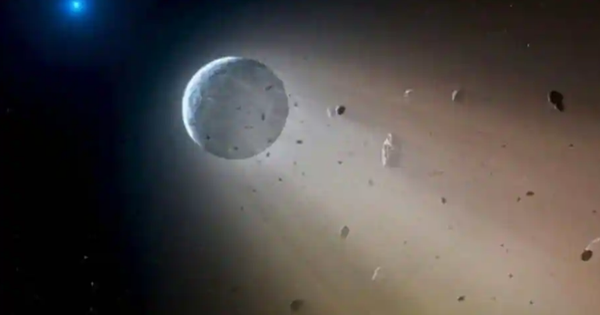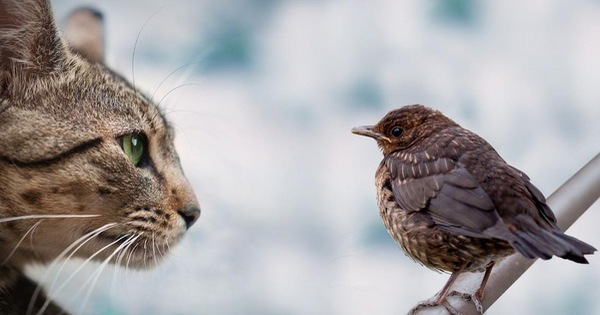Why did cockroaches survive when a meteorite wiped out the dinosaurs?
Thanks to their special body structure and diverse food, cockroaches have survived many disasters and harsh conditions that have brought other creatures to extinction.

Simulation of the disaster when the Chicxulub meteorite crashed into Earth 66 million years ago. Photo: Art Disain
66 million years ago, when the Chicxulub meteorite crashed to Earth from space, cockroaches were also present on the blue planet. The impact caused a large earthquake, and scientists believe it also triggered volcanic eruptions thousands of kilometers away. About three-quarters of the world’s flora and fauna were destroyed, including dinosaurs, except for a few species that are ancestors of today’s birds.
How can cockroaches only a few centimeters long survive when so many powerful creatures go extinct? That’s because they’re well-equipped to weather an asteroid disaster, says Brian Lovett, a postdoctoral researcher at West Virginia University.
The body of cockroaches is very flat and this is no coincidence. Flat-bodied insects can squeeze into tighter spaces, allowing them to hide almost anywhere. This ability may have helped them survive the impact of the Chicxulub meteorite. When the meteorite crashed, the temperature on the Earth’s surface skyrocketed. Many animals have nowhere to hide, but cockroaches can hide in small crevices, away from the intense heat.
The meteorite impact also caused a series of impacts. A large amount of dust rose, causing the sky to darken. When the Sun is obscured, the temperature drops and the world becomes cold. With little sunlight, surviving plants struggle to thrive and many other creatures that depend on them starve.
Unlike many insects that prefer to eat certain plants, cockroaches are omnivorous. They eat most foods of plant and animal origin, even waste. Diverse palates help cockroaches survive the difficult times following the Chicxulub extinction and other natural disasters.

A female cockroach of the genus House cockroach (Periplaneta). Photo: Colin Butler
Another useful point is that cockroaches lay eggs in small “protective boxes”. This egg carton looks like dried peas and is called oothecae. Oothecae are tough, helping to protect the eggs inside from physical impact and other threats, such as floods or droughts.
Modern cockroaches are tiny creatures that can live almost anywhere on land, from the hot tropics to some of the coldest places in the world. Scientists estimate there are more than 4,000 species of cockroaches.
A small number of these species prefer to live with humans and are considered harmful insects. Once cockroaches appear in a building, it is difficult to completely remove them and the egg cartons. When large numbers of cockroaches are present in unsanitary places, they can spread disease. Their biggest threat to human health is the allergens they secrete. These substances can cause some people to have asthma attacks and allergic reactions.
Infested cockroaches are difficult to manage because they are resistant to many chemical insecticides and possess unique abilities that once helped their ancestors outlive the dinosaurs. However, cockroaches also offer some scientific value. Experts study cockroaches to understand their movements and body composition, getting ideas to build better robots.
Thu Thao (According to IFL Science)
at Blogtuan.info – Source: vnexpress.net – Read the original article here



